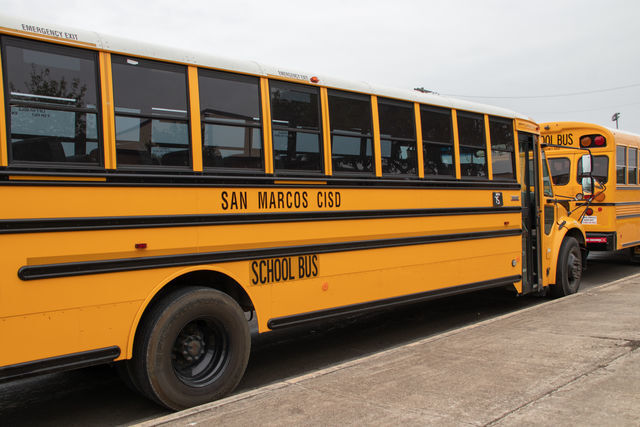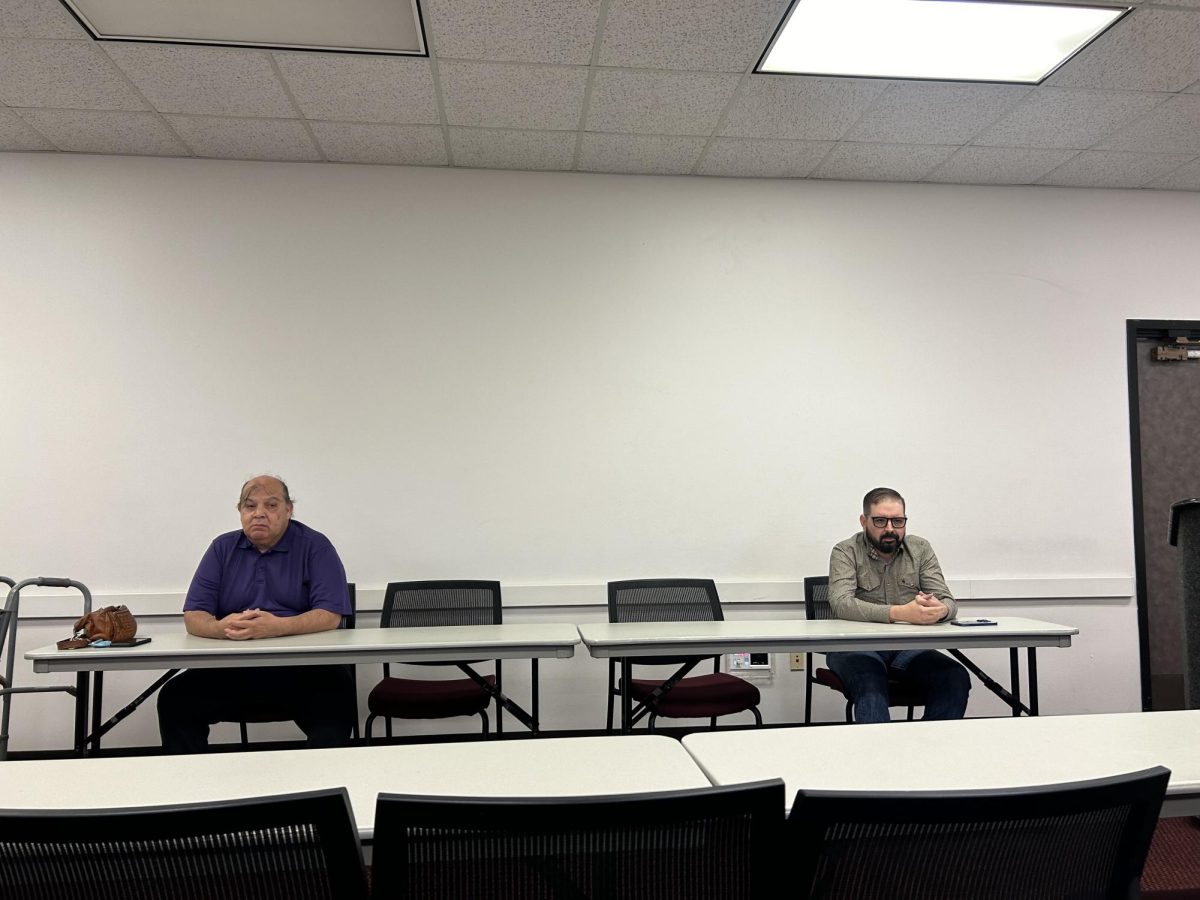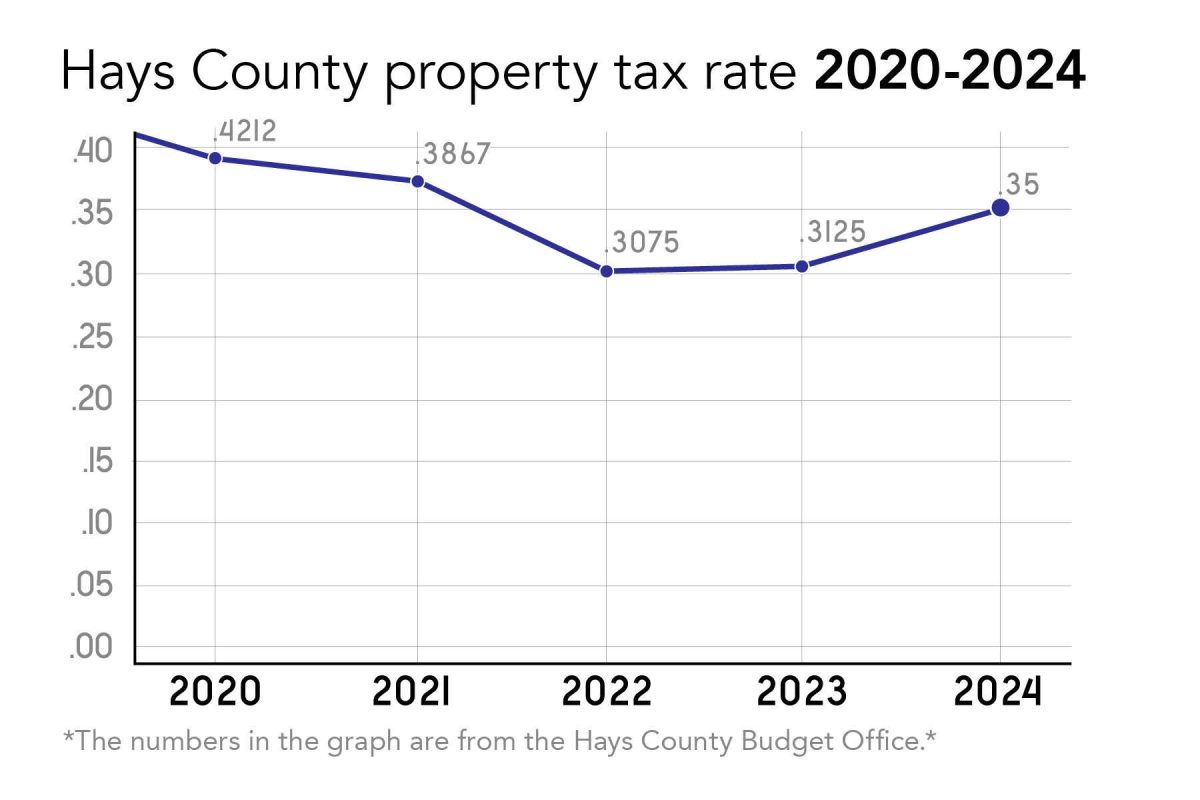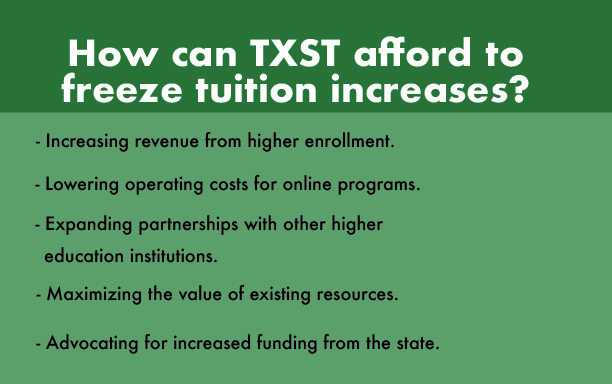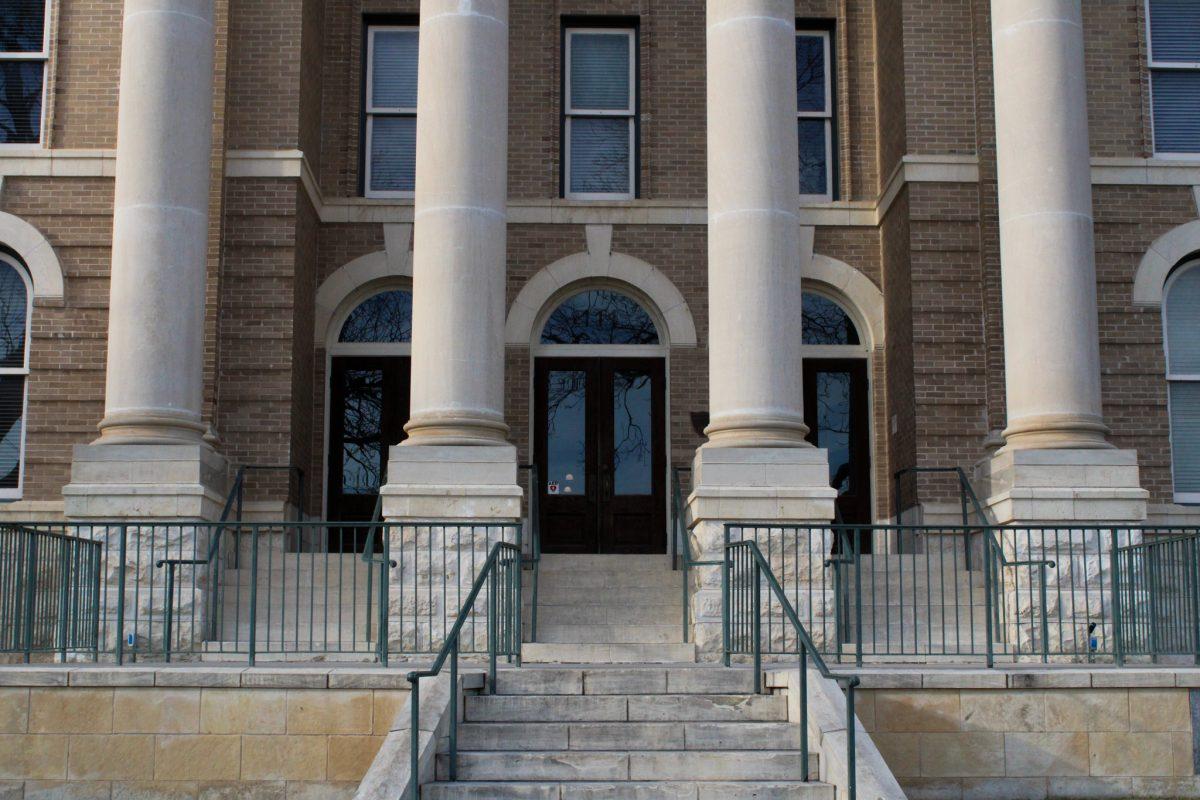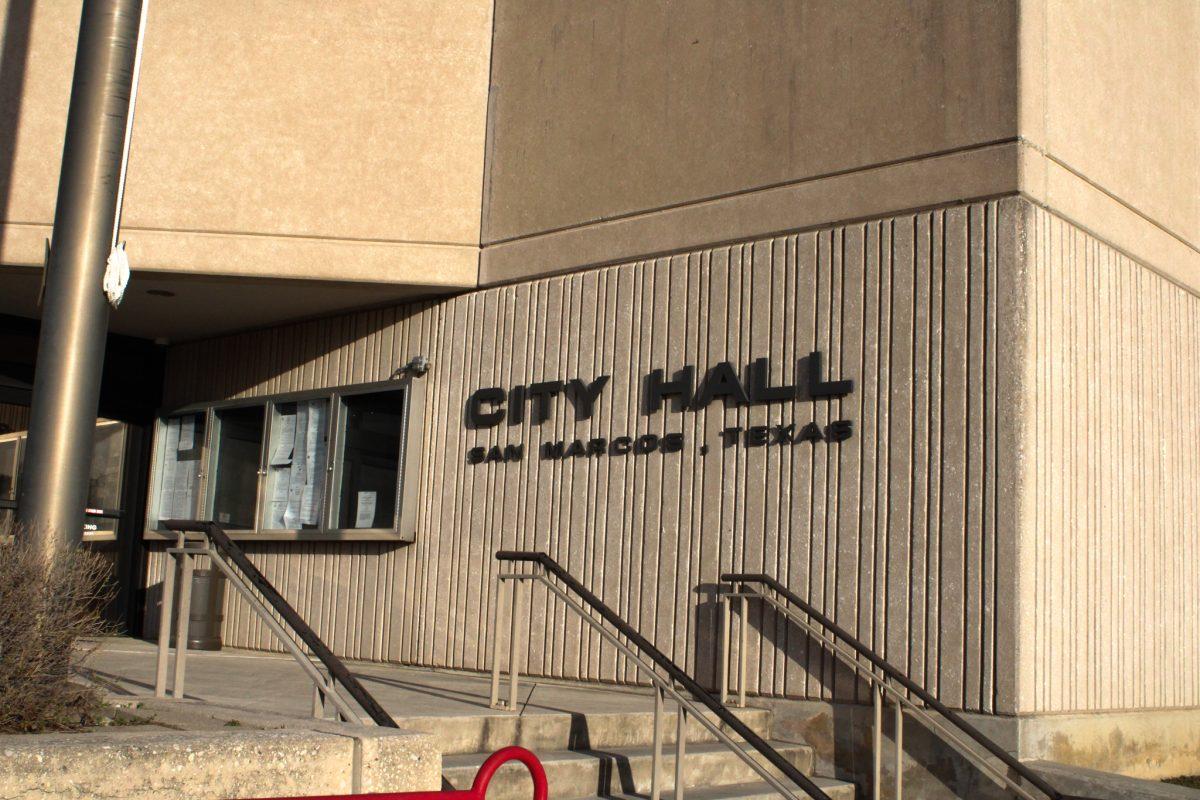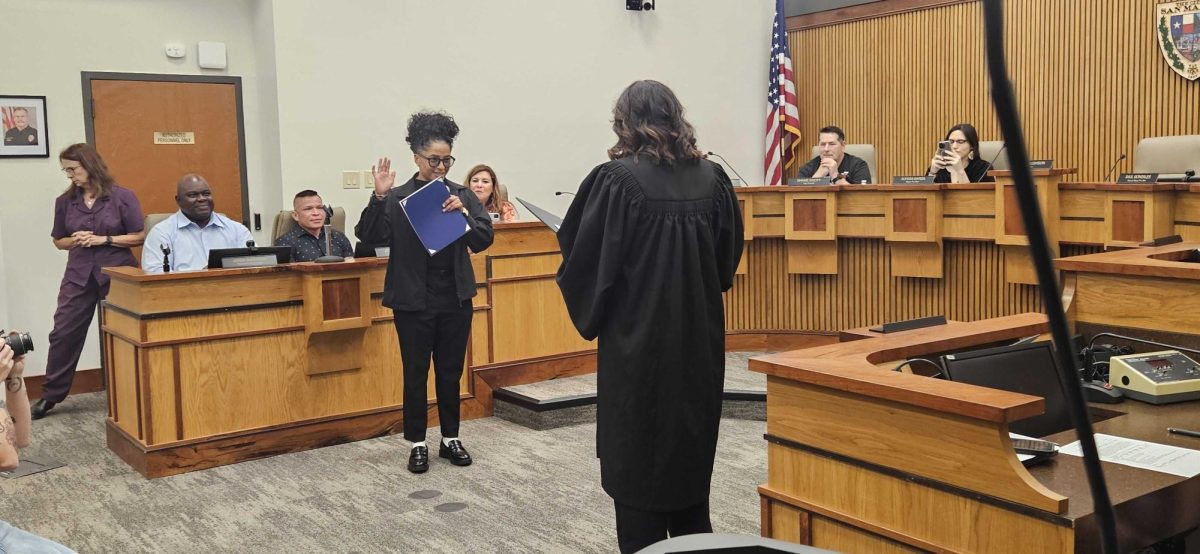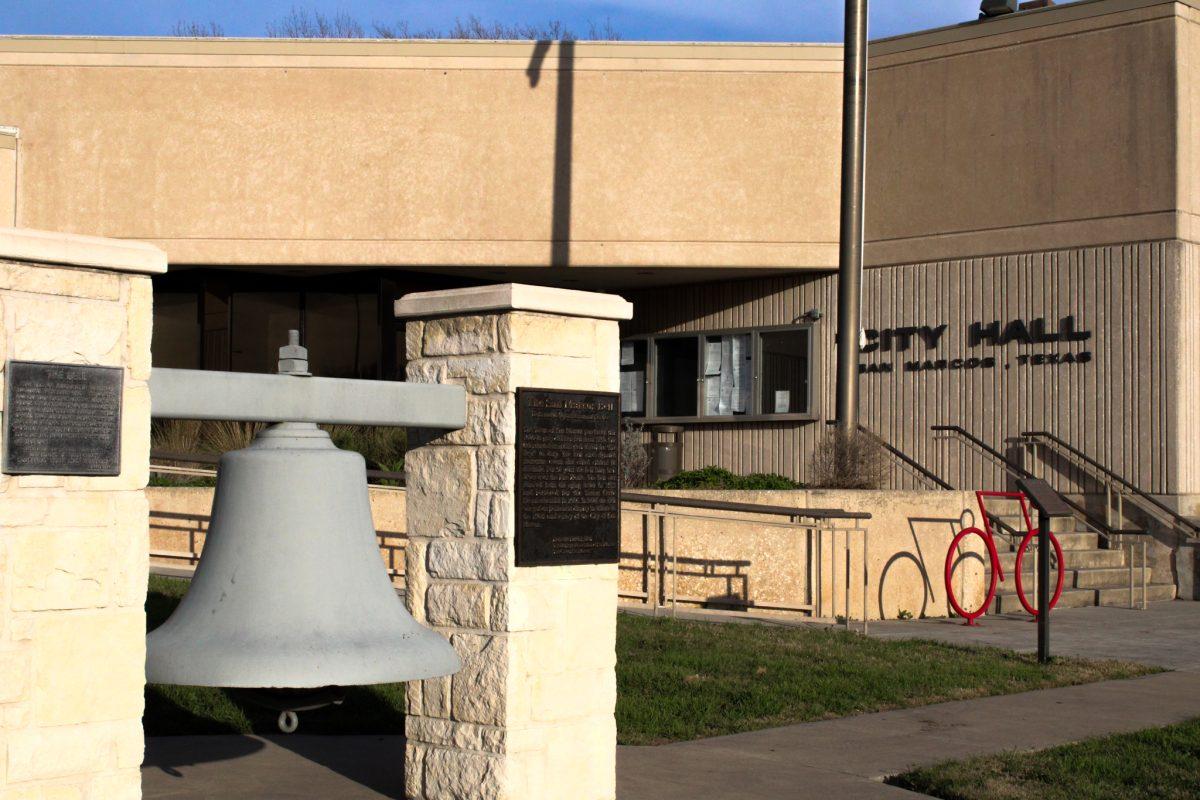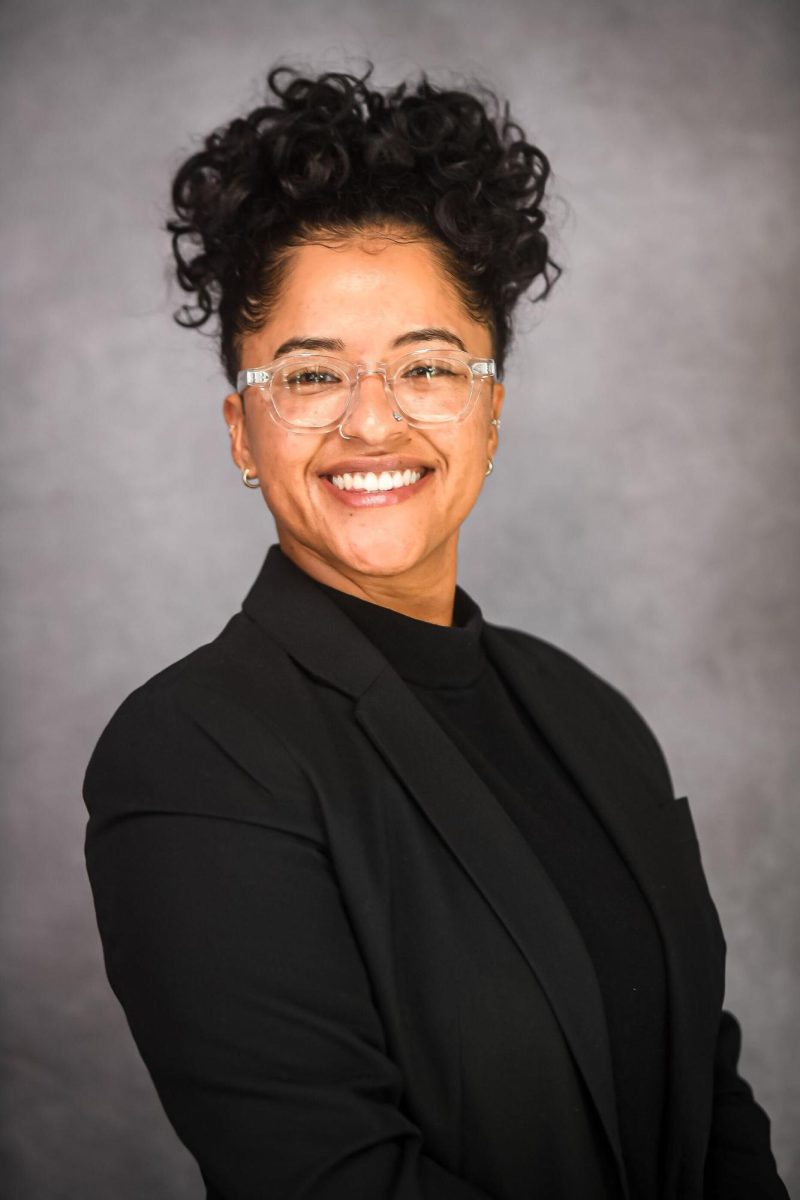On Jan. 8, San Marcos Consolidated School District (SMCISD) received funds to purchase six electric school buses and chargers.
The second round of the Environmental Protection Agency’s Clean School Bus Program (CSBP) granted these funds to SMCISD. The CSBP will help SMCISD with offsetting the costs of electric school buses, which can cost up to $375,000 and charging stations cost $75,000, according Anthony Fernandez, SMCISD communications director.
“We are very excited about the possibility of bringing electric school buses to San Marcos,” Fernandez said in an email. “The new buses will improve the student and driver experience while providing schools with a cleaner transportation option.”
SMCISD worked with Highland Fleets to secure the CSBP grant. Highland Fleets helps organizations and school districts with fleet electrification; replacing traditional gasoline-powered transportation with zero or low-emission vehicles. Highland Fleets doesn’t manufacture electric school buses but helps school districts obtain the buses and charger infrastructures.
Claire Alford, eastern regional manager on the market development team for Highland Fleets, said the company doesn’t want to displace jobs like drivers and maintenance workers but instead move them to help with fleet management over the lifetime of their contracts
“We work with their local utility to get their depot upgraded and train their maintenance workers, school bus drivers or emergency responders,” Alford said. “Charge management includes making sure the buses are charged when they need to be and responsible use of the grid.”
Fernandez said there are many variables to consider in deciding whether to go electric.
“We recognize the cost to sustain electric buses is far more expensive than the traditional bus we are all used to, and we are working through determining what our options are to move forward with our partnership with Highland Electric, whether that be buying buses outright or leasing,” Fernandez said in an email.
Highland Fleets tries to offer fleets at a price that is budget neutral compared to what a school district pays to operate its diesel fleet, according to Alford.
“There’s approximately 95% [fewer] parts in an electric school bus, which means a lot less maintenance and lower maintenance costs,” Alford said.
According to Thomas Ptak, assistant professor of geography and environmental studies, creating electricity has never been cheaper than now through solar panel production.
“By taking advantage of the economic realities of electrification and renewable energy generation, not only does it clean the air up for our children [and] address bigger issues like human-induced climate change, but it also saves us money,” Ptak said.
According to Ptak, the electrification of buses is part of a broader phenomenon called energy transitions, which are bigger renewable energy implementations happening on multiple scales and countries with the main focus being decarbonization.
“Electrification is an important component of these broader energy transitions taking place, and when you have something like a smaller school district taking part in it, it’s interesting to think about the possibilities this creates,” Ptak said.
Anthony Camarena, a sophomore at San Marcos High School, said he rides the bus for 20 minutes every morning and afternoon.
“I think this grant is pretty cool because electric is the future,” Camarena said. “Our buses right now are pretty disgusting, so I’m hoping the new ones are cleaner and quieter than the ones we have.”
Alford said younger students will have higher levels of particulate matter from “dirty” diesel buses because their undeveloped lungs cause them to breathe at a higher rate and inhale more.
According to Ptak, the world is in a profound climate crisis, but starting small is still relevant to reducing emissions.
“Cumulatively, six buses on their own might not have a big overall effect, but it’s all the possibilities down the road and educating students about renewable energy,” Ptak said. “We can’t change all of the places, but we can make changes at the local scale.”


